Ross Island Andaman, India – ruins of erstwhile British colony
Ross Island can look like a Ghost town to some, and some will travel back in time with a great story ! Some will relive the Indian freedom struggle and perhaps uncover the World War II connection, while others will get to know the journey about India national Army (INA) here. Did you know that Ross island was the capital of Andaman & Nicobar islands for almost 83 years ?
The Ross Island in Andaman, is one of the preserved heritage sites of India that was once occupied by the British and later by Japanese. Some of the ruins covered with Banyan trees will remind people of Taprohm monument of Cambodia (just the feel).
History of Ross Island
Ross Island gets its name after the British marine surveyor Sir Daniel Ross. The island was first discovered by him for guarding the Port Blair harbour. By 1788, the British had started a settlement at Andaman Islands with building an infirmary and a hospital at Ross Island, between 1789 – 92. After about six decades, post the 1857 revolt (Sepoy of Mutiny) , the British moved to Andaman to incarcerate Indian political prisoners. In 1858, the Britishers set up a penal colony in Ross Island Penal Colony for the prisoners captured in the Indian Mutiny. Ross Island became the administrative seat of Andaman with the establishment of the penal colony.
One can say that the then Ross Island was built by these prisoners of war. The prisoners took charge of (or were made to ) clearing the forest land, constructing the roads and building their own shelter. If you have seen the Bollywood movie called Kalapani, you will get an idea about the exploitation and ill treatment of the prisoners by the British force . This construction led to a large-scale deforestation and destruction of the natural resources of the island and this led to frequent confrontation between the indigenous and the British Army. The last one, known as the Battle of Aberdeen, proved fatal for the locals and resulted a sort of ethnic cleansing in the coming years
Battle of Aberdeen
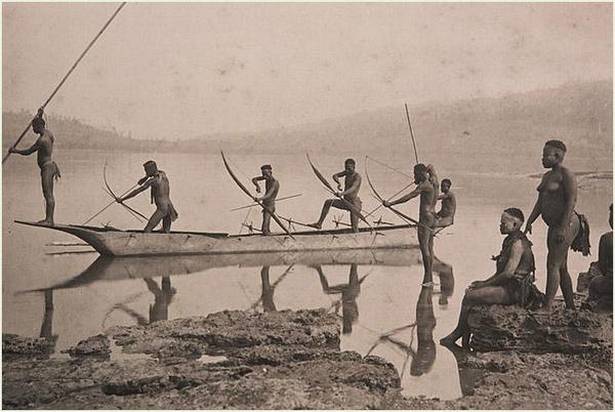
Andaman islands those days was exclusively inhabited by four fiercely hostile communities—the Andamanese (or the Great Andamanese), the Jarawa, the Onge and the Sentinelese. In 1859, the Andamanese tribe attacked the British station thrice with with bows and arrows, and the last one was a major attack planned at the Aberdeen convict station. This battle is also known as the battle of Aberdeen . It was the first of its kind of a well organised and large scale attack by the locals to reclaim their territory from the British rule.
The British army got the information through one of the erstwhile convicts and they were more than planned to face the tribes fighting with bows, arrows, knife and axe. The tribesmen were overpowered by the British who captured them and placed them in the ‘Andamanese Homes’. The islanders were provided with medicines and free rations such as sugar, rice, tea and tobacco and were also deployed to capture runaway convicts and protect the settlement against other hostile indigenes.
War Memorial- Battle of Aberdeen
The Battle of Aberdeen hasn’t received its due credit in history of indigenous resistance, but there is a memorial in Port Blair that honours it. The inscription on the memorial says “This monument is built in the memory of those Andamanese aborigines who bravely fought the Battle of Aberdeen in May 1859 against the oppressive and retaliatory policy of the British regime”. Every year on May 17, islanders visit the memorial to pay tribute to the Andamanese warriors who, with simple bows and arrows, took on the mighty British Empire.
In fact, Maurice Vidal Portman, the officer in charge of the Andamanese at that point of time, has captured this episode in his book “A History of Our Relations with the Andamanese (1899)” . He mentions in his book “The Andamanese were naturally alarmed and enraged at the manner in which their country was being cleared and appropriated on all sides, and conflicts with the convicts and with the Naval Guard, in which the latter were the aggressors, only increased that alarm,”.
Extinction of the Andamanese tribe
The Andamanese who were alien to this environment and life were soon consumed by alien diseases, like measles and syphilis. Between 1870 and 1877 measles alone wiped out half of the population and their numbers kept reducing. Today .there are a handful of Andamanese in the island
The battle of Aberdeen, suppressed any organised resistance from the Andamanese forever, and strengthened the British rule in these remote islands.
Ross Island became a flourishing British colony after the takeover
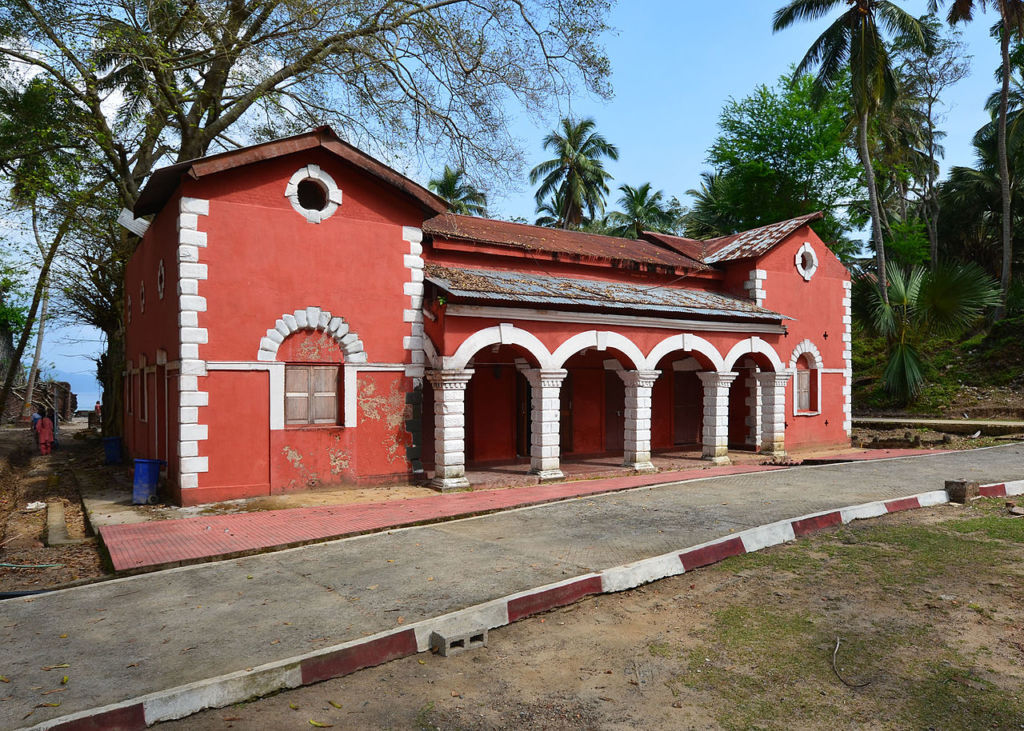
Ross island remained under the British administrative headquarters for almost 85 years and became an exclusive settlement for high-ranking officers and their families. The British built a thriving colony there which can be inferred from the ruins of the buildings. Remnants of markets, stores, bakery, printing press, secretariat, hospital, swimming pool and tennis court can be seen now. A water treatment plant was also set up at the island.
Ross Island-the King of Good Times
Ross Island can be called as the erstwhile King of good times, with open-air theatre, ball room dances, swimming and other luxuries. No wonder people had started addressing it as the “Paris of the East”. Today the ruins of the city provide a peek into its colonial legacy. The ruins of the Commissioner’s Bungalow, the Club, church, along with numerous walled structures and flooring narrate the story of a vibrant town with bustling markets, tiled floors, stained glass windows. And all of this by the beach! No wonder it was called the Paris of the East.
British wanted to have all the luxury in life and in the early 1900s, they brought in different species of spotted deer to the island mainly for hunting. The deer were never a part of Andaman. And without any natural predators, deer population increased in multiples and became a menace. They started affecting the new forest growth by munching on fresh saplings. Today of course they are a major tourist attraction along with rabbits and peafowls. One can see and hear birds chirping inside the ruins of the once vibrant teak dance floor of the subordinate’s club. Though I must say that The island looks prettier with the wildlife moving around freely and especially peacocks walking around add a lot of colour to the ruins of the past.
Decay of Ross Island
Ross Island was abandoned by the British in 1941 after an earthquake, and the headquarters were shifted to Port Blair. In 1942 it was captured by the Japanese army, which led to the exodus of the remaining British troops. Japanese had taken over the island during the WWII, the island still has remnants of Japanese bunkers at strategic locations. During the time of Japanese admiral, Netaji Subhas Chandra Bose visited the island in December 1943. Netaji hioisted hoisted the tricolour here at the top of Government House. Ross island was renamed as Netaji Subhash Chandra Bose island in the year 2018 as a tribute to the great freedom fighter.
Post 1945, the island was neglected and it never recovered from the decay which had set in. The banyan trees started taking roots in the building and engulfed the beautiful structures. The Indian Navy has rebuilt/renovated some of the old buildings like the bakery and the local stores, but the island is now dotted with ruins of the colonial past. The, island bearing a deserted look now once had all modern amenities such as markets, bakery, water treatment plant, church, tennis court, printing press, secretariat, hospital and cemetery, the ruins of which can still be found everywhere on the island. They also had a water treatment plant in the island , which was built to protect residents especially infants from the waterborne diseases.
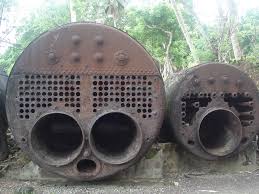
After the end of world war II the island came under the British rule again. However, in 1947 when India gained independence, the island was left to fend for itself. Finally in 1979, the Indian Navy took charge of the island . The island also had to suffer a lot during the Tsunami in 2004.

The island is now home to the military and museum officials. Indian Navy maintains a museum called Samudrika in Ross Island . The museum showcases old photographs, documents and photo copies of Government letters etc
Ross Island, is perhaps one of the lesser known entities in the Indian Ocean. But if you are history person, it could be your calling . And the place is a great reflection about what happens when the mankind (or unkind) is gone and the creepers and wildlife takes over.
If you choose to visit Ross Island , here is a list of Top things to experience in Ross Island
Meet the friendly herds of deer at Netaji Subhash Chandra Bose Island roaming around and the beautiful peacocks feeling at home at various ruins. And there are rabbits for company. One word of caution: don’t try to feed the animals and birds. It is not allowed and will attract penalty
Officers Quarter: A walk through these quarters now covered with roots, almost gives a feeling of a treasure hunt. It appears that the walls appear are held together by the roots . Some of the walls have holes from which the Bay of Bengal can be seen clearly
The Cemetery: Each Epitaph in the cemetery speaks about the life of the dwellers . Smaller graves belong to the infant and kids who succumbed to illness and then there are the graves of the British officers
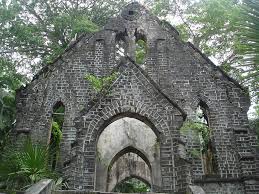
Ross Island Church: The Church still retains a lot of its original form. It is made up of stone and wood and is much sturdier compared to the other buildings.
Chief Commissioner’s Bungalow: Imagine a building with 7 to 8 bedrooms, one hall, one ballroom, with Italian flooring and a garden dotted with trees !
Club House: You can travel back in time and visualise a social gathering , a cultural or sports event
Water treatment plant: The island didn’t have portable drinking water and water borne diseases led to the death of infants. Hence, this distillery was set up to supply drinking water to all the people of the islands
Japanese Bunkers: In 1941, the Japanese captured the island and fortified it. Some of the bunkers are open for people. Japanese had built these bunkers using wood and timber from the abandoned homes of the Britishers
Light house and the statue of the sailor man
All these ruins are sure to fire up your imagination.
For more such historical experiences in India, you could take a look at the article on Indian history from Indus Valley Civilization to Modern History
In case you are keen on traveling to Ross Island , you could take a look at the itinerary of Andaman and cover Ross island as a part of this itinerary.
In case you are a nature lover, check out the natural wonders of India.
India is not just about history. In fact, there are many more facets to this ancient land – culture, spirituality, mystery, nature, wildlife and so on. Read more about how to explore the different facets in destination India .
How to reach Ross Island ?
Ross Island is about 3 km away from Port Blair. You can take a ferry ride from Phoenix Bay Jetty to the island. Or you can fly into Port Blair airport which is connected with all the major airports of India.
One can also take a cruise from Kolkata or Chennai to Port Blair though flight is a more convenient option.
Best time to visit Ross Island ?
The best time to visit Ross Island is between October and April. The temperature is moderate. You should avoid the Monsoons.



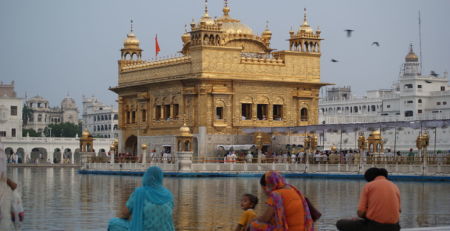

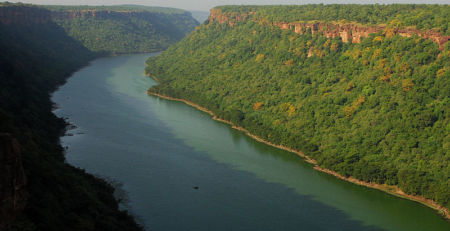




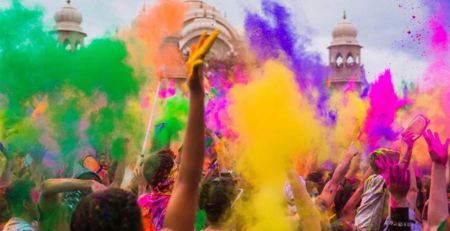
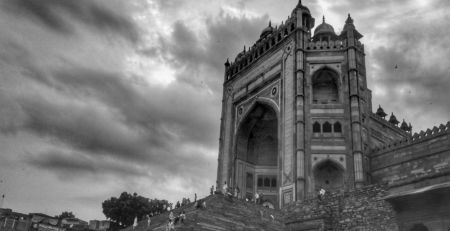
Leave a Reply